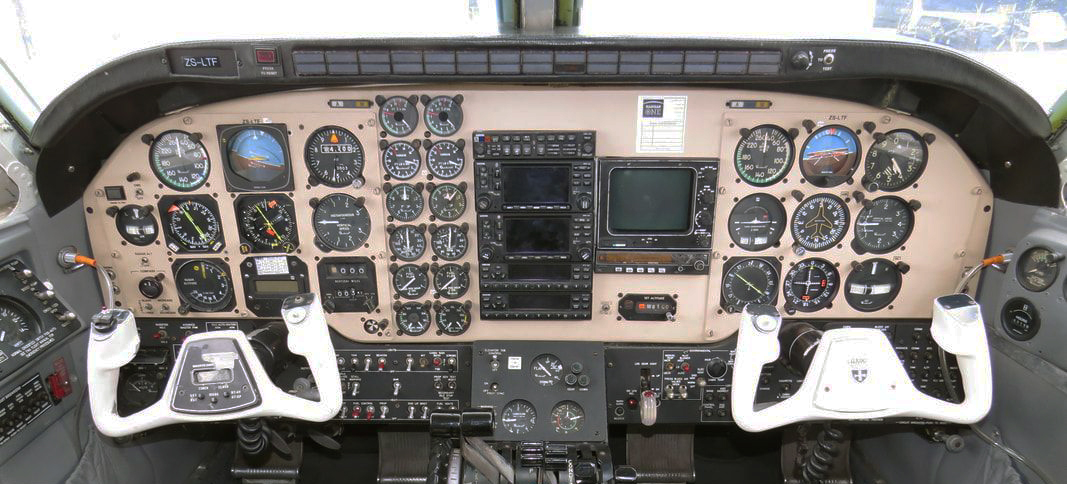
Almost every general aviation aircraft out there, except perhaps the ultra modern, hardly affordable machines, has a check list with bolded instructions that the avionics / avionics master should be OFF for the start up. Although most instructors would have drilled this into you, you may not have been told why this could be a problem, and quite possibly, Hollywood visions of an exploding aircraft come to mind. As everyone wants to be a good pilot, it is fitting that we try and improve our knowledge of the technical systems that make our beautiful machines fly, so I am going to do my best to explain it.
One must recognise that since the post war years, little innovation has taken place when it comes to the trusty six-pack instruments and radio stack, and now with the advent of glass cockpits, even in general aviation aircraft, it seems hardly rewarding to improve these instruments. When we want to start up the aircraft, we need a power source, and just like a car, this power will come from the battery, which is essentially a box containing stored energy. Batteries are usually charged with a generator (older aircraft) or an alternator, and as Jim Davis explains in his PPL book, there is an important difference between the two: ‘a generator has to turn reasonably fast to produce a charge, the engine must be running at about 1500rpm. An alternator will give a good charge at idle’. This means that aircraft equipped with generators in particular, will draw a lot of power from the battery, initially, in order to get going. On start up, the battery injects a whole whack of power into the system, before the generator or alternator can get up to speed, and create the required power. The avionics may also experience a voltage dip, which the power supplies were not designed to operate at, causing them to become unstable, which damages not only the power supply itself, but other components too. Remember that when most of our six pack instruments (and radios of the time) were designed, they were not exposed to such high voltage spikes, which is why the need for protection was never really a consideration. The point here, is that, especially on older aircraft, starting up with all or any of the avionics on could cause serious damage to the sensitive electronics. At first, the damage may not be noticeable, which means you could find yourself with a failed radio or instrument in flight, and there was no warning!
Some attempt was made in the 1970’s with an avionics master switch, or relay, which controls the power output to the avionics bus and circuit breakers. Nice idea, but this only provides some protection to the avionics bus, and not individual instruments or equipment. Starting up with the avionics master on, could also cause damage, and eventually, because everything is connected to the same bus, you could find yourself with all your avionics failed – an even worse situation!
At a controlled aerodrome, managing your avionics can be a challenge – you need to turn the radios on in order to obtain important information such as ATIS and start clearances. Once clearance has been obtained, remember to turn your radio or avionics master off before commencing the start up. However, all humans are fallible, and if you happen to ever do the unthinkable and start up with one or all of your avionics on, even if everything seems fine initially, it is definitely worth asking your avionics AMO to just check it out. If there is some damage it is certainly worth repairing, rather than facing a stressful inflight situation and a very costly replacement.
Students! Got a question or topic you're stuck on?
Let us post the explanation…




